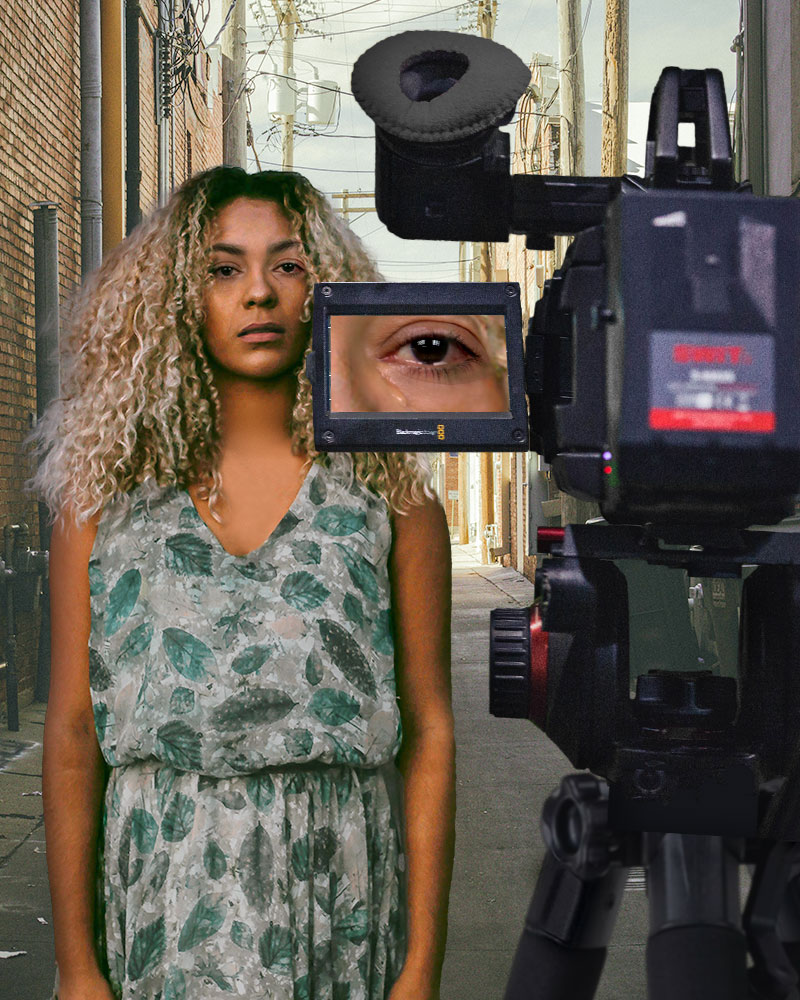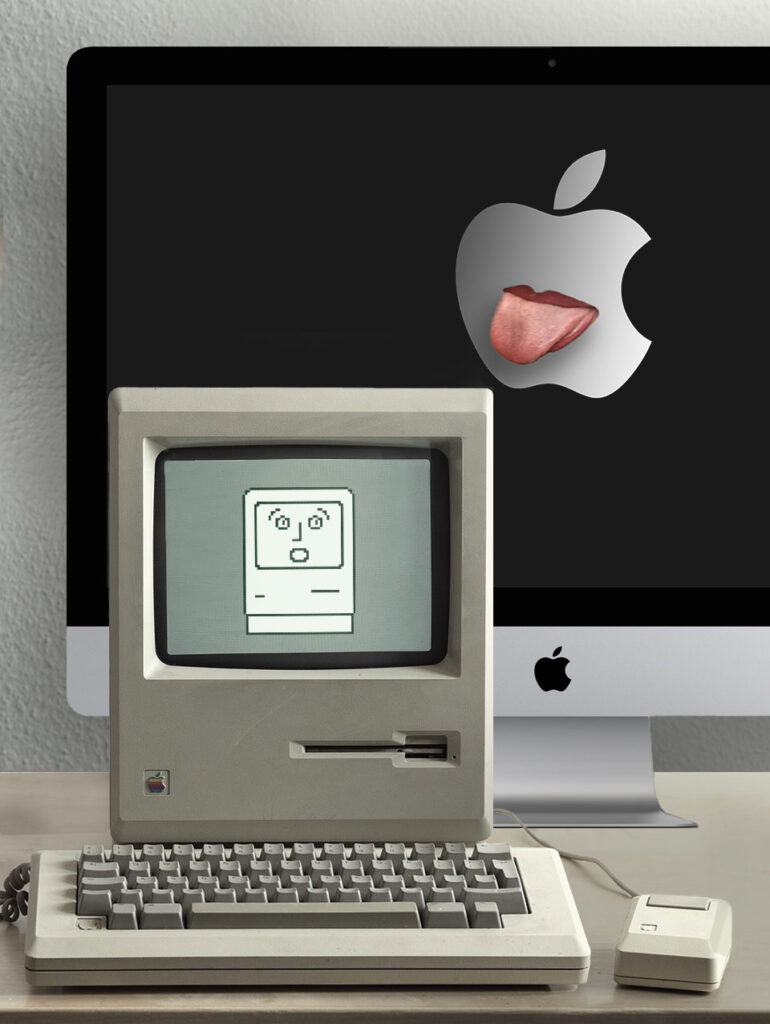I learned about video production by spending several days a week at my local cable TV station. The studio was run by one paid professional, while the rest of the crew consisted of community volunteers like me. Most of our output consisted of community-access programs for which each of us got to play a variety of roles: camera, switcher, floor manager, chyron, audio mixer, even onscreen talent. (My stint there also led, indirectly, to my meeting my wife, but that’s a story for another time.)
Although most of our work took place in the studio, we were occasionally sent out into the field to shoot community events. One such event was an arts fair that was set up in the parking lot of a shopping center. For its part in the fair, some resourceful theater group thought to stage a two-person play that took place in a laundromat, in an actual laundromat. The actors were miked, and the audience stood outside to watch the action through the plate-glass storefront.
“Let’s get some footage of that play,” said the director (the guy who ran the studio).
I was operating the camera, which in that era was a bulky, shoulder-mounted unit connected to a large video recorder carried in a backpack. I uncomfortably shoved my way to the front of the crowd in order to get an unobstructed shot.
“No,” he said. “You have to get closer.”
“I can’t,” I said. “If I get any closer, I’ll interfere with the performance.”
“We’re TV,” he snapped. “That’s what we do!” He grabbed the camera and backpack and barged into the laundromat, getting close shots of the actors as they did their best to pretend that he wasn’t there.
That’s when I first became uncomfortable with video. Clearly, once a camera moved from the studio into the real world, it couldn’t help but alter the events it was recording — and sometimes, take precedence over the events it was recording. These misgivings stayed with me for the nearly twenty subsequent years that I spent as a video producer.
Since the videos I produced (with the collaboration of my aforementioned wife, Debra) were intended for education and training, we rarely had to document events in real time. Pretty much everything we shot was staged for the camera. Still, I couldn’t escape the feeling that we were dishonoring the people we were filming.
Because educational productions necessarily work on low budgets, we could rarely afford professional actors. All of the people we shot were playing versions of themselves. When we went into jails to shoot training videos for corrections personnel, we cast real inmates as inmates and real officers as officers. When we made a video for utility employees showing how the district responds to large-scale emergencies, we had actual workers and supervisors staffing a phony field operations center.
For the most part, nobody minded being put in front of the camera — particularly jail inmates, who relished the chance to get out of their daily routines. But I never felt good about asking a correctional officer to act out the process of disciplining an inmate, when that same officer and inmate have most likely had that interaction in real life. I was certainly not comfortable staging scenes of female employees being mistreated for use in a video about sexual harassment prevention, or people with disabilities encountering obstacles in a video explaining the Americans with Disabilities Act. The breaking point for me was when we were producing a public-awareness video for a homeless shelter, and I directed a real homeless family to act out their life on the street while we followed them with a camera.
All of these people were volunteers, and they knew what they were agreeing to do. The videos were intended for professional or public education, and therefore we could all rationalize that what we were doing was for a higher purpose. But that didn’t relieve me of the sense that I was demeaning real human beings by turning their lived experiences into fodder for the camera. That’s one of the reasons why I left the production field and went into teaching instead.
But let me end on a more positive note: There was one thing I loved about making these videos, which is that leading a video crew allowed me entrance into places where I never would have been otherwise. I got to put on a hard hat and orange vest and hang out with water-company workers in a ditch in the middle of a road. I got to spend time at a correctional boot camp, at a fiberglass factory in Kansas City, and behind the scenes at an advertising agency, a drug treatment center, and a credit-union bank. And on one memorable occasion, I got to stand on a rooftop and shout “Action!” to police officers down below who were about to stage a high-speed chase. I’d take experiences like those over sitting at a desk any day.


Recent Comments